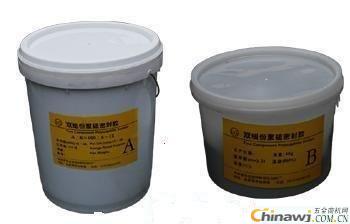To achieve a high-quality hollow effect in insulating glass, the use of aluminum strips for sealing and bonding requires a high level of expertise. It's crucial to address the frequent issues that can lead to failure points during the process.
When applying sealant to insulating glass, improper surface preparation—such as the presence of oil or dirt—can significantly affect adhesion. Additionally, the bonding time increases as the temperature drops. If the materials are not properly aligned or handled, it may result in poor adhesion between the sealant and surfaces like glass or aluminum strips. To prevent this, thorough cleaning and careful management of curing time based on ambient conditions are essential.
Moreover, if the sealant is not applied correctly, it can cause blockages in the dispensing equipment. Regular maintenance of the glue mixer and related components is necessary to ensure smooth operation. During the coating process, if the sealant doesn't cure properly or experiences delayed curing, it could indicate issues with the mixing ratio or the machine itself. Checking the mixer’s performance and ensuring even mixing is important to maintain quality.
In summary, using aluminum strips with sealants in insulating glass applications demands careful attention to detail and proactive measures against potential problems. By doing so, you can ensure the final product performs as intended, providing optimal insulation and durability.

Film Faced Plywood,Marine Plywood,Waterproof Marine Plywood,Poplar Film Faced Plywood
RILICO , https://www.rilico.com